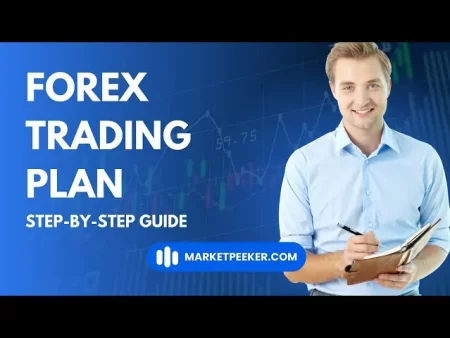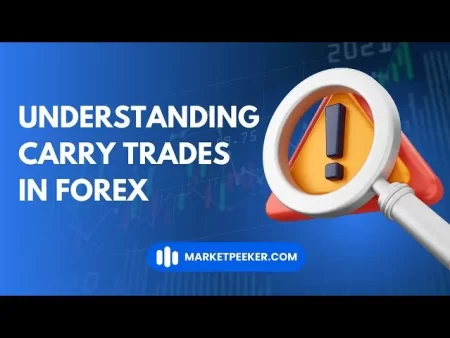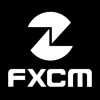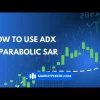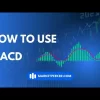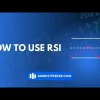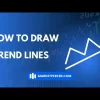Venturing into Forex trading can be exciting, but to trade effectively, you need to understand the tools at your disposal. Foremost among these are Forex orders. These orders are instructions you give to your broker to execute trades on your behalf. Knowing the different types of orders and when to use them is crucial for controlling your trades and managing risk.
To get a clear visual explanation of the three essential Forex order types, take a moment to watch this video:
As the video explains, there are three fundamental types of Forex orders every trader should know: market orders, limit orders, and stop orders. Each serves a distinct purpose and is suited to different trading scenarios.
Market Orders: Instant Execution
Market orders are the simplest and most direct type of order. As the video highlights, a market order is an instruction to buy or sell a currency pair immediately at the best available current market price.
- Speed and Simplicity: The primary advantage of a market order is its speed. When you want to enter or exit a trade now, a market order ensures immediate execution.
- Best Available Price: Your broker will execute your market order at the best price currently offered in the market. However, in fast-moving markets, prices can fluctuate rapidly.
- Potential Slippage: As the video cautions, in volatile conditions, the price at which your market order is actually executed might be slightly different from the price you saw when you placed the order. This difference is known as slippage.
Limit Orders: Trading at Your Price
Limit orders offer more control over the price at which your trade is executed. As the video explains, a limit order is an order to buy or sell a currency pair at a specific price or better.
- Price Control: You set the exact price at which you are willing to buy or sell. For example, if you want to buy EUR/USD only when it drops to 1.1950, you would place a limit order at that price.
- Buy Low, Sell High: Limit orders are ideal for entering the market at a desired price point, potentially allowing you to “buy low” when placing a buy limit order below the current market price, or “sell high” when placing a sell limit order above the current market price.
- No Guarantee of Execution: A key point from the video is that there’s no guarantee your limit order will be executed. If the price never reaches your specified level, the order will remain unfilled.
Stop Orders: Triggering Trades at Key Levels
Stop orders are used to enter a trade when the price reaches a certain level, or to protect existing trades. The video clarifies that a stop order becomes a market order once the specified “stop price” is reached.
- Breakout Trading: Traders often use stop orders to capitalize on breakout moves. For instance, if you anticipate EUR/USD will rise sharply if it breaks through 1.2020 resistance, you could place a buy stop order just above that level.
- Stop-Loss Orders: A crucial application of stop orders is setting stop-loss orders. These are designed to limit potential losses on a trade by automatically closing out your position if the price moves against you to a predefined level.
- Risk Management: Stop orders, particularly stop-loss orders, are vital tools for effective risk management in Forex trading, as highlighted in the video.
Choosing the Right Order for the Situation
As the video concludes, each order type has its place in Forex trading. The best type of order to use depends on your trading strategy, your objectives for a particular trade, and current market conditions.
- Market Orders: Use for immediate entry or exit when speed is paramount.
- Limit Orders: Use when you want to enter at a specific, favorable price.
- Stop Orders: Use to enter on price breakouts or to implement stop-loss risk management.
Ready to Enhance Your Trading Skills?
This article provides an overview of the essential Forex order types, but to truly master their application and nuances, watching the video above is strongly recommended. The video offers clear explanations and examples to solidify your understanding. Take the time to watch the video now to further refine your Forex trading knowledge!
